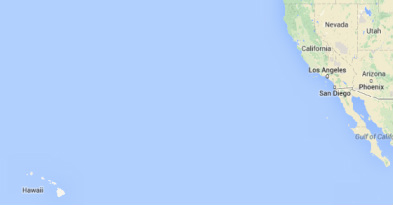
The Project:

Microplastics come from several sources: They can weather from larger marine plastic debris like drink bottles, commercial fishing gear or shopping bags; they’re laundered from nylon clothing; and they wash down the drain with many common cosmetics. Once in the ocean, the particles attractant other toxins. Resembling plankton, they’re often ingested by marine life and may eventually move up the food chain to larger fish, birds and mammals.
Samples from this project will allow us to understand the extent and distribution of this harmful pollutant, especially in the open ocean, and will allow us to make strides to clean up our oceans and reduce the amount of plastics finding their way into them.
Sampling Strategy

There is a lot of open ocean between California and Hawaii that very few people will ever visit. Not only are you one of the adventurous souls braving the elements to row across the Pacific, you also represent an incredible opportunity to understand the the distribution of microplastics in the open ocean. For that reason we ask the following:
- Each team collect at least two samples. We realize rowing across an ocean is an enormous task and to accomplish it you can’t waste any time or energy. For that reason we’re only asking that each team commit to collecting two 1L samples. We would be thrilled if you would like to collect additional samples. If so, please email jordan@adventureandscience.org.
- Samples be collected at least 100 miles offshore. While many people’s adventures take them to the ocean, most are restricted to coastal areas. GPR participants, however, will be covering vast distances across the open sea. Help us understand this issue in these hard to access places by collecting your samples at least 100 miles away from the coast.
- Samples must be at least 100 miles away from the previous sample. To understand the distribution of microplastics, we need to cover a broad geographic area. For this reason we ask that you separate any samples you collect by at least 100 miles. Ideally one sample would be collected during the first half of the race and the other during the second half.
Resources:
A brief video illustrating the sampling protocol and analyses steps for ASC’s Marine Microplastics project.
samplingmethods.pdf
datasheet.pdf
fieldchecklist.pdf
beaufort_wind_scale.pdf
faqsheet.pdf

